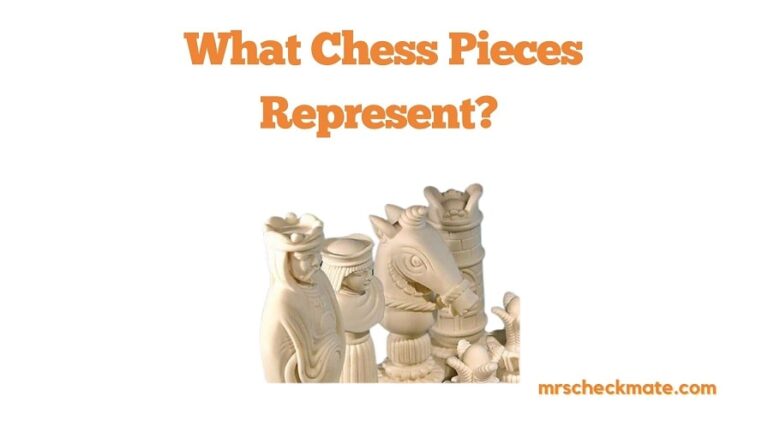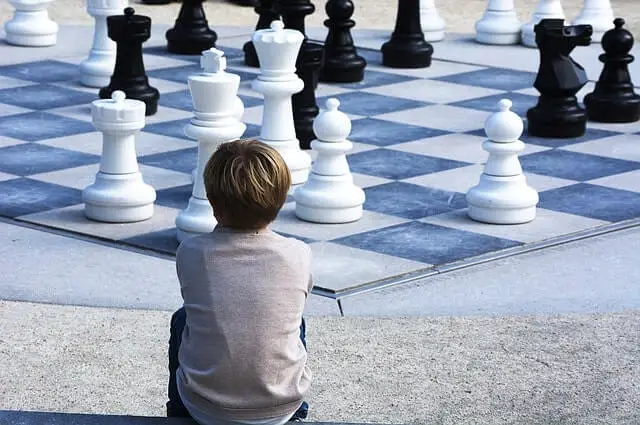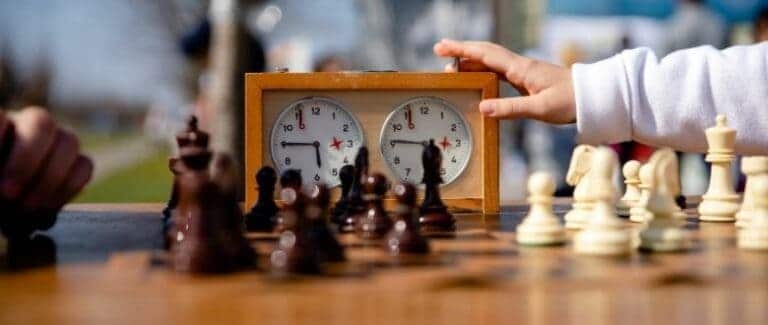Pawn Strategy: The Soul of Chess
Pawns, often perceived as the least powerful pieces on the chessboard, play an indispensable role in the strategy of the game. Their unique movement, ability to transform, and sheer number make them pivotal in both offense and defense. As the great chess master Philidor once said, “Pawns are the soul of chess.” This statement underscores the profound impact these seemingly insignificant pieces have on the game’s outcome.
Basic Pawn Concepts
Before diving into the complexities of pawn strategy, one must grasp the foundational concepts:
- Pawn Movement: Pawns move forward but capture diagonally, a unique trait that can be both an advantage and a limitation. For a visual guide, what do chess pieces look like offers clarity.
- Pawn Promotion: A pawn’s potential to transform into any piece (except a king) upon reaching the board’s opposite end makes it a latent powerhouse. This concept is further explored in pawn structure basics.
- En Passant: A special pawn capture that’s often puzzling for beginners. It’s essential to understand basic chess rules to fully grasp this move.
- Pawn Shield: Pawns can serve as protective barriers, especially in castled positions, safeguarding the king.

Pawn Structures
The arrangement of pawns on the board, known as pawn structure, can significantly influence the flow and outcome of the game. Understanding these structures is key to mastering pawn strategy:
- Open vs. Closed Structures:
- Open: Characterized by fewer pawns and more open files. Favors pieces with long-range movement like bishops and rooks.
- Closed: Dense pawn structures with limited mobility. Knights often thrive in these scenarios due to their ability to jump over pieces.
- Pawn Chains: A series of pawns protecting each other in a diagonal line. The strength and weakness of a chain often lie in its base.
- Isolated Pawns: Pawns with no adjacent pawns for protection. They can be targets but also offer open lines for rooks and queens.
- Doubled and Tripled Pawns: Multiple pawns on the same file. They can be vulnerable but also serve specific strategic purposes.
For a comprehensive understanding of pawn structures, Pawn Structure Basics is a must-read.
With these foundational concepts in place, we can delve deeper into advanced pawn strategies, breaks, and endgames in the subsequent sections. Remember, while pawns may seem simple, their strategic depth is vast and intricate.
Pawn Breaks
Pawn breaks are critical moments in a game where a pawn (or pawns) is moved to challenge and potentially disrupt the opponent’s pawn structure. Recognizing and executing these breaks can lead to open lines, increased piece activity, and strategic advantages.
- Importance of Timely Pawn Breaks:
- Open lines for rooks and queens.
- Create weaknesses in the opponent’s camp.
- Activate passive pieces.
- Recognizing the Right Moment:
- When the center is stable.
- When pieces are optimally placed to support the break.
- When the opponent’s pieces are misplaced or passive.
For those new to the game, chess tips for beginners can provide a roadmap to understanding such advanced concepts.

Pawn Weaknesses
Every pawn structure, while having its strengths, also presents potential weaknesses. Identifying and exploiting these vulnerabilities can be the key to victory.
- Types of Pawn Weaknesses:
- Isolated Pawns: Pawns with no neighboring pawns for support. They can become easy targets for attack.
- Doubled Pawns: Two pawns on the same file, often seen as a structural defect.
- Backward Pawns: Pawns that are restrained from advancing and are behind the pawns on adjacent files.
- Hanging Pawns: Two adjacent pawns on open files, which can be both a strength and a weakness.
- Exploiting Pawn Weaknesses:
- Targeting weak pawns with pieces.
- Creating open files adjacent to weak pawns.
- Restricting the mobility of weak pawns and the pieces defending them.
- Defending Pawn Weaknesses:
- Centralizing the king to defend weak pawns, especially in the endgame.
- Coordinating pieces to defend and potentially advance weak pawns.
- Counterattacking or creating counterplay on another part of the board.
Pawn Endgames
Pawn endgames, often referred to as “King and Pawn” endgames, are among the most fundamental and critical endgames in chess. Mastery of these endgames can often convert a slight advantage into a full point.
- King and Pawn vs. King:
- The concept of the “opposition” and its importance.
- Key squares and the principle of the “square of the pawn.”
- Outside Passed Pawn:
- The power of diverting the enemy king.
- Techniques to promote the pawn while keeping the enemy king at bay.
- Pawn Races:
- Situations where both sides have passed pawns racing to promote.
- Calculating when to promote and when to capture.
- Distant Opposition:
- A more advanced form of opposition, crucial in certain endgame scenarios.
For a deep dive into such endgames, Passed Pawn Pushing is a recommended read.
Strategic Ideas Involving Pawns
Pawns, while seemingly simple, can be used in a myriad of strategic ways to gain an advantage over an opponent. Here are some advanced strategic ideas involving pawns:
- Pawn Sacrifices:
- Opening Doors: Sometimes, sacrificing a pawn can open up crucial lines for your pieces.
- Diversion: Distract or lure away an opponent’s piece from a critical square.
- Initiative: Gain rapid development or seize control of the game.
Pawn Majorities:
- Utilizing a greater number of pawns on one side of the board to create a passed pawn.
- Exploiting the majority to tie down enemy pieces.
- Pawn Levers: Using pawns to pry open an opponent’s position, especially in the center.
For a detailed exploration of such strategies, Advanced Pawn Tactics offers in-depth insights.
Famous Games Highlighting Pawn Strategy
Throughout chess history, many games have revolved around intricate pawn play. Analyzing these games can provide invaluable insights:
- Capablanca vs. Tartakower, 1924: A masterclass on the power of passed pawns.
- Botvinnik vs. Capablanca, 1938: Demonstrating the dangers of doubled pawns.
- Karpov vs. Kasparov, 1985: Highlighting the importance of pawn chains and structure.
Conclusion
Pawns, often underestimated, are chess’s very soul. Their strategic depth influences every game phase. From opening pawn structures to endgame techniques, understanding pawn play is crucial for any aspiring chess player. As you delve deeper into the world of chess, remember that resources like how to use the analog clock in chess and understanding why the knight is important in chess can further enhance your game.
Further Reading and Resources
For those eager to delve deeper into the world of pawn strategy:
- Books:
- “Pawn Structure Chess” by Andrew Soltis.
- “Pawn Power in Chess” by Hans Kmoch.
- Videos:
- Exercises and Puzzles:
- Online platforms like Chess.com and Lichess.org offer numerous exercises to hone pawn play skills.
By immersing oneself in these resources, one can truly appreciate the beauty and complexity of pawn strategy in chess.
FAQ
FAQ for “Pawn Strategy: The Soul of Chess”
1. Why are pawns considered the “soul of chess”?
- Pawns play a foundational role in determining the structure and flow of the game. Their positioning, movement, and potential for promotion influence both offensive and defensive strategies.
2. What is a pawn structure?
- A pawn structure refers to the arrangement of pawns on the board. This structure can dictate the overall strategy of the game, influencing piece mobility, potential weaknesses, and areas of control.
3. How do pawn breaks affect the game?
- Pawn breaks can open up lines for pieces, create weaknesses in the opponent’s position, and shift the balance of power. Recognizing and executing timely pawn breaks can be pivotal in gaining a strategic advantage.
4. Are isolated pawns always a weakness?
- While isolated pawns can be targets due to their lack of adjacent pawn support, they also offer open lines for rooks and queens. Thus, they can be both a weakness and a strength, depending on the position.
5. What is the significance of pawn chains?
- Pawn chains are series of pawns protecting each other diagonally. They can establish strongholds on the board, but the base of the chain can also be a potential target.






